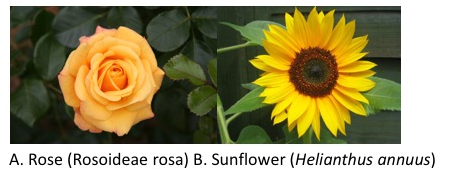Petal Patterning
From OpenWetWare
Jump to navigationJump to search
Example Patterns

Specifications
| Theoretical | Empirical | |
|---|---|---|
| Pixel Dimension | 10 um X 10 um | |
| Pattern Size | 10 cm X 10 cm | |
| Accuracy | ||
| Precision |
Mechanism
The physical mechanisms that give rise to petal shape are cell division, cell expansion, cell rotation, and cell expansion direction. These mechanisms can be tracked and deciphered by cell tracking and modeling of petal organogenesis(1, 2). These studies have found that simply cell division or expansion is not enough to understand petal patterning, but the anisotropy of cell expansion changes over development.
Many of the key molecules that give rise to the physical mechanisms have also been identified. These molecules act under the control of a large genetic network(3, 4). However, it is unknown how the expression of the key molecules are spatially controlled. Simpler model systems have been proposed to understand spatial control over plant patterning(5).
Reference/Resources
- E. Coen, A.-G. Rolland-Lagan, M. Matthews, J. A. Bangham, P. Prusinkiewicz, The genetics of geometry. Proceedings of the National Academy of Sciences. 101, 4728–4735 (2004).
- A.-G. Rolland-Lagan, J. A. Bangham, E. Coen, Growth dynamics underlying petal shape and asymmetry. Nature. 422, 161–163 (2003).
- V. F. Irish, The Arabidopsis petal: a model for plant organogenesis. Trends in Plant Science. 13, 430–436 (2008).
- F. Parcy, O. Nilsson, M. A. Busch, I. Lee, D. Weigel, A genetic framework for floral patterning. Nature. 395, 561–566 (1998).
- L. Dupuy, J. Mackenzie, J. Haseloff, Coordination of plant cell division and expansion in a simple morphogenetic system. Proceedings of the National Academy of Sciences. 107, 2711–2716 (2010).